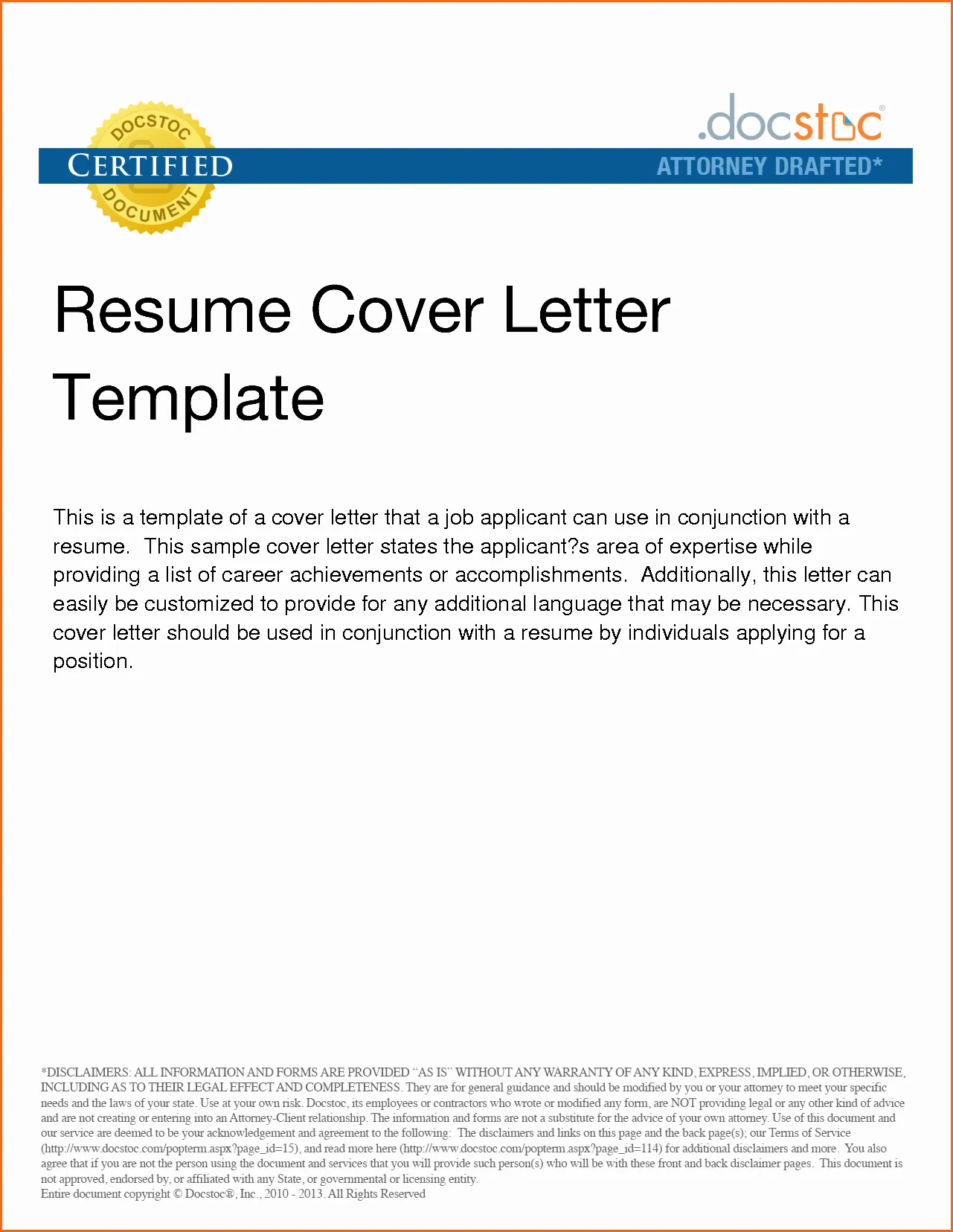Cover Letter Guide Top 5 Tips
A cover letter is your first introduction to a potential employer and provides an opportunity to showcase your personality, skills, and experience beyond what’s listed on your resume. It should be tailored to each specific job application, highlighting why you’re a strong fit for the role and the company. The cover letter’s primary aim is to secure an interview, and it complements your resume, providing a more detailed narrative of your career. Here’s a guide to writing an effective one, focusing on key tips that make your application stand out.
Understand the Purpose
The core purpose of a cover letter is to convince the hiring manager that you are the right candidate. It’s not just a formality; it is your chance to make a compelling case for why you should be considered for the job. Think of it as a sales pitch where you are selling yourself and your abilities. A well-crafted cover letter goes beyond simply restating your resume; it should provide context, demonstrating how your skills and experiences align with the job requirements and the company’s values. When writing, consider what the employer is looking for and address those needs directly.
Highlight Relevant Skills and Experiences
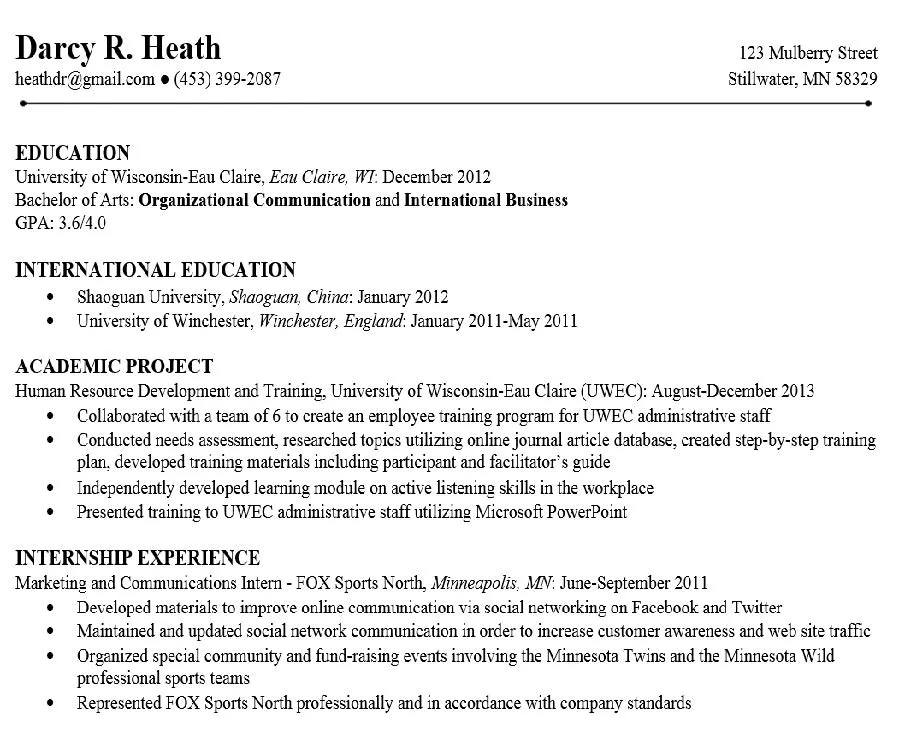
A key part of an effective cover letter is highlighting the skills and experiences most relevant to the job. Carefully review the job description and pinpoint the key requirements and qualifications that the employer is seeking. Then, select the most pertinent examples from your background that directly address these needs. Don’t just list your skills; illustrate them with specific examples from your past roles. Quantify your achievements whenever possible, such as using numbers to demonstrate the impact of your work. For example, instead of saying, ‘Managed social media accounts,’ write ‘Increased social media engagement by 30% through strategic content planning.’ This approach adds credibility and demonstrates your ability to deliver results.
Tailor to the Specific Job
Generic cover letters are easily spotted and rarely effective. To make a strong impression, customize each cover letter for the specific job and company. Research the company’s mission, values, and recent projects, then incorporate this information into your letter to show that you understand their business and goals. Mention specific aspects of the job that excite you and explain how your skills will help the company achieve its objectives. Refer to the job description and use the same keywords where appropriate, but do so naturally, ensuring that the language is clear and reflects your authentic voice. This personalization demonstrates your genuine interest and commitment, making you a more attractive candidate.
Demonstrate Enthusiasm and Fit
Expressing enthusiasm for the role and the company is essential for a memorable cover letter. Hiring managers want to see that you are genuinely interested in the position and eager to contribute. Share why the role excites you and what aspects of the job or company culture resonate with you. Show, don’t just tell; for instance, describe how your personal goals align with the company’s mission or mention specific projects that you admire. Demonstrate how your personality and work style would fit well within the company’s environment. Your enthusiasm and personality can make your cover letter stand out from the competition, ensuring the hiring manager remembers you.
Keep It Concise and Professional
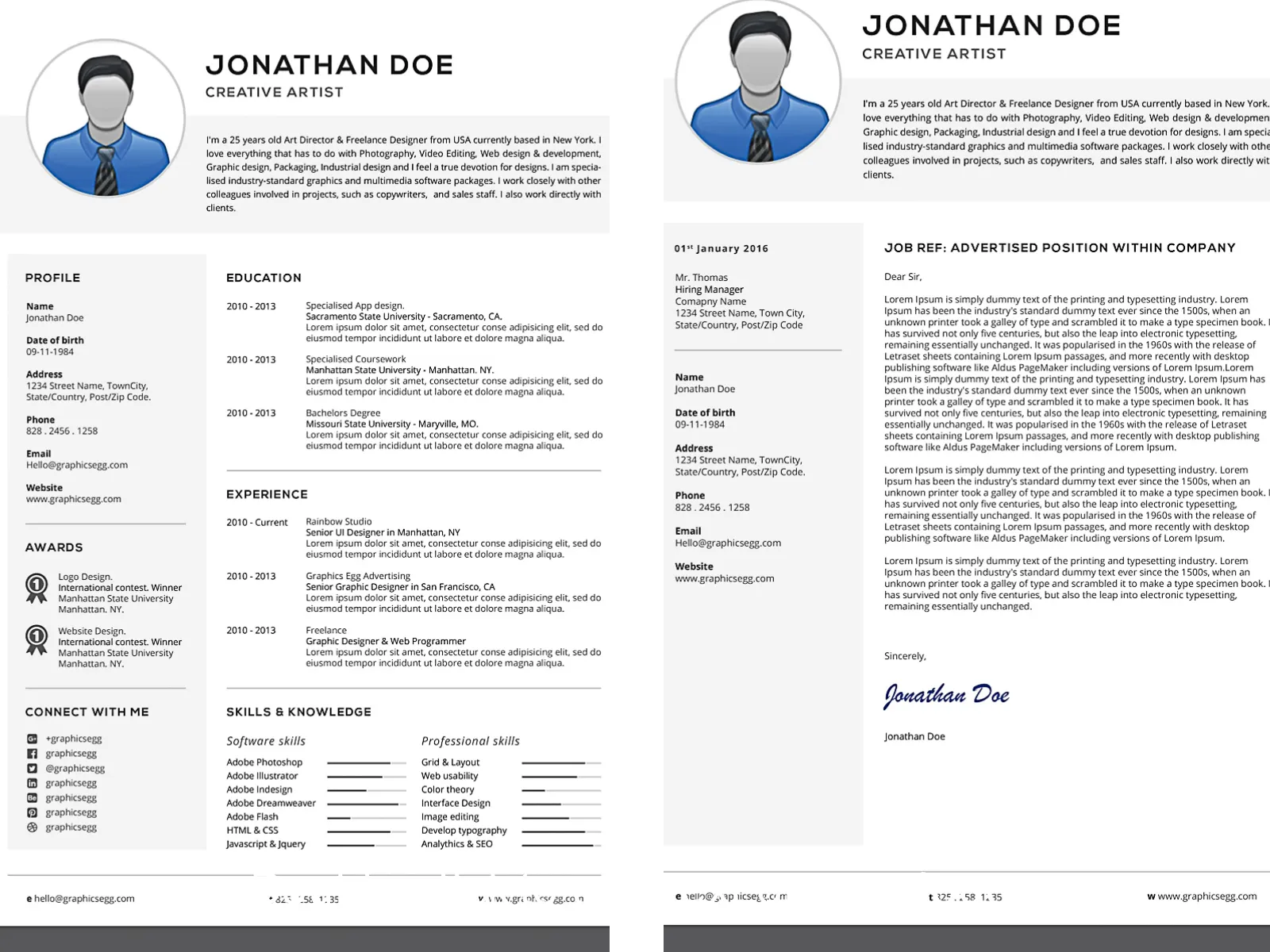
While you want to provide enough detail to make a strong case, it’s crucial to keep your cover letter concise and professional. Aim for one page, typically around three to five paragraphs. Use clear, straightforward language, avoiding jargon or overly complex sentences. Proofread carefully for any grammatical errors or typos, which can detract from your professionalism. Maintain a professional tone throughout your letter, ensuring that your enthusiasm doesn’t come across as unprofessional. A well-written, concise cover letter demonstrates respect for the hiring manager’s time and reflects your attention to detail.
Formatting and Structure of Cover Letter
Proper formatting and structure are vital for ensuring that your cover letter is readable and professional. The format should be easy to follow, and the content should be organized to highlight the key points effectively. A well-structured cover letter shows that you pay attention to detail and can present information clearly and logically.
Header and Contact Information
Start your cover letter with a header that includes your contact information: your name, phone number, email address, and LinkedIn profile URL. Place this at the top of the letter, either aligned to the left or right. Below your information, include the date and the hiring manager’s name and title, if known, along with the company’s name and address. This shows that you’ve taken the time to research the recipient and the company, making a positive first impression.
Greeting and Salutation
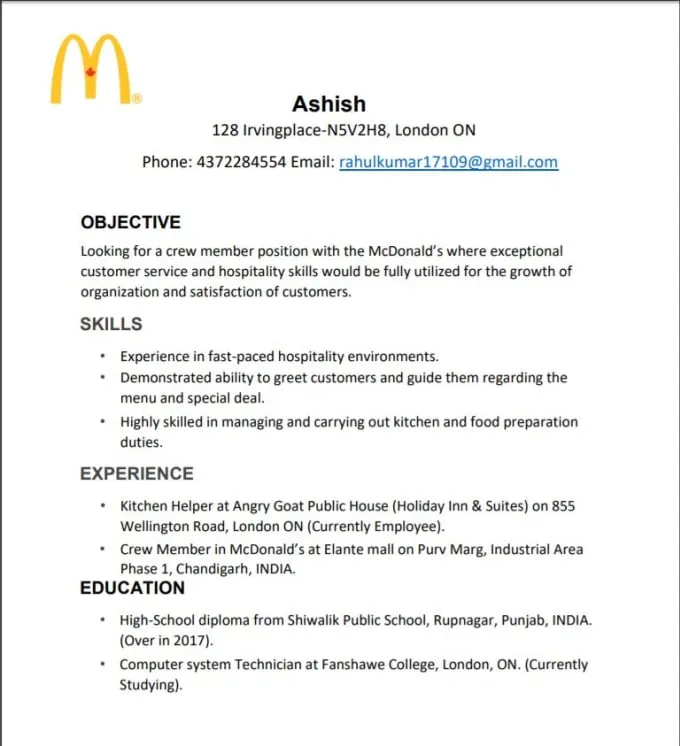
The greeting sets the tone for your letter. If you know the hiring manager’s name, use a formal greeting like ‘Dear Mr./Ms. [Last Name].’ If you don’t know the name, use a general greeting like ‘Dear Hiring Manager’ or ‘Dear [Department Name] Team.’ Avoid generic greetings like ‘To Whom It May Concern,’ which can make your letter feel impersonal. The salutation at the end of your letter should be equally professional. Use phrases like ‘Sincerely,’ ‘Best regards,’ or ‘Yours truly,’ followed by your full name.
Body Paragraphs
The body paragraphs are where you make your case. Start with a brief introduction that states the position you’re applying for and where you found the job listing. In the following paragraphs, highlight your most relevant skills, experiences, and achievements, linking them to the job requirements. Explain why you’re interested in the company and what you can contribute. Keep each paragraph focused on a specific point, using clear and concise language. Use strong action verbs to describe your accomplishments and quantify your achievements whenever possible to demonstrate your impact.
Closing and Call to Action
The closing should reiterate your interest in the position and thank the hiring manager for their time and consideration. Include a call to action, such as stating that you look forward to hearing from them or mentioning that you are available for an interview. Reiterate your contact information and express your enthusiasm again. A strong closing leaves a positive final impression, reinforcing your interest and encouraging the employer to take the next step.
What to Avoid in a Cover Letter
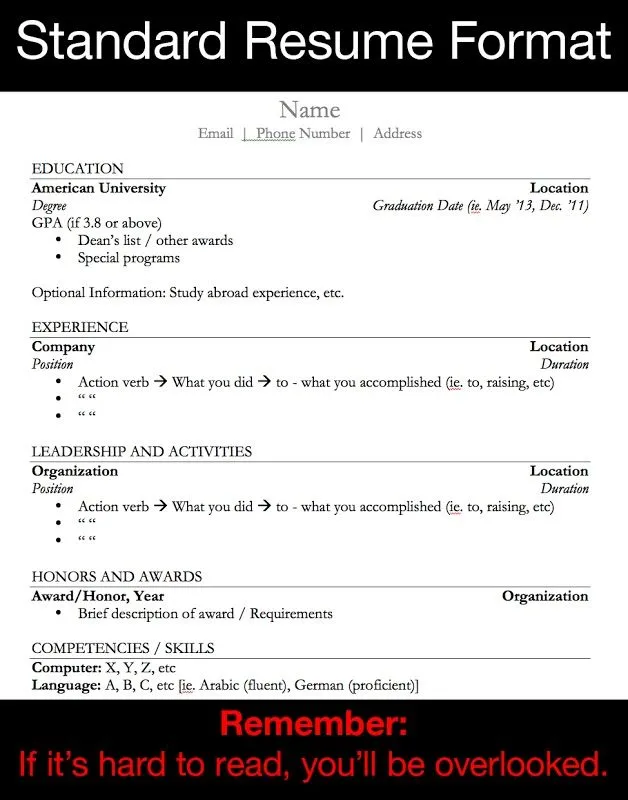
Avoiding common mistakes can significantly improve the effectiveness of your cover letter. A well-written cover letter increases your chances of getting noticed by the hiring manager.
Generic Content
One of the most common pitfalls is using generic, one-size-fits-all content. Avoid using the same cover letter for every job application. Generic letters lack the specific details needed to show the hiring manager why you’re a good fit for the job. Instead, take the time to tailor your cover letter to each position. Research the company and the role, and address the specific requirements and expectations outlined in the job description. This personalization demonstrates that you’re genuinely interested and have taken the time to understand the opportunity.
Typos and Grammatical Errors
Typos and grammatical errors can instantly undermine your credibility. These errors suggest a lack of attention to detail and can create a negative first impression. Always proofread your cover letter multiple times before submitting it. Use a spell checker and grammar checker, but don’t rely on them entirely. Read your letter aloud to catch any awkward phrasing or mistakes that the software might miss. It is helpful to have someone else review your letter to provide a fresh perspective and identify any errors you may have overlooked. A polished, error-free cover letter shows professionalism and careful attention to detail.
Lack of Specificity

Vague statements and a lack of specific examples are another significant issue. Instead of making general claims about your skills, provide concrete examples of how you’ve used those skills in past roles. Quantify your achievements whenever possible. Instead of saying, ‘I improved customer service,’ say, ‘Improved customer satisfaction scores by 15% through implementing a new training program.’ Use action verbs to describe your accomplishments and provide specific details to illustrate your successes. This specificity helps the hiring manager understand the value you can bring to the company.
Being Too Informal
Maintain a professional tone throughout your cover letter. Avoid using slang, casual language, or overly familiar phrases. The cover letter is a formal document, and the language should reflect this. Stick to professional greetings and closings, such as ‘Dear Mr./Ms. [Last Name]’ and ‘Sincerely.’ Ensure that your writing is clear, concise, and appropriate for a business context. Your goal is to make a positive impression and show that you can communicate effectively in a professional setting. Demonstrating professionalism in your cover letter boosts your chances of getting noticed.
Proofreading and Editing
Proofreading and editing are essential steps in writing a cover letter. Thoroughly reviewing your cover letter ensures that your document is free of errors and presents you in the best possible light. A polished cover letter reflects your attention to detail and your commitment to producing quality work.
Tools for Cover Letter Writing
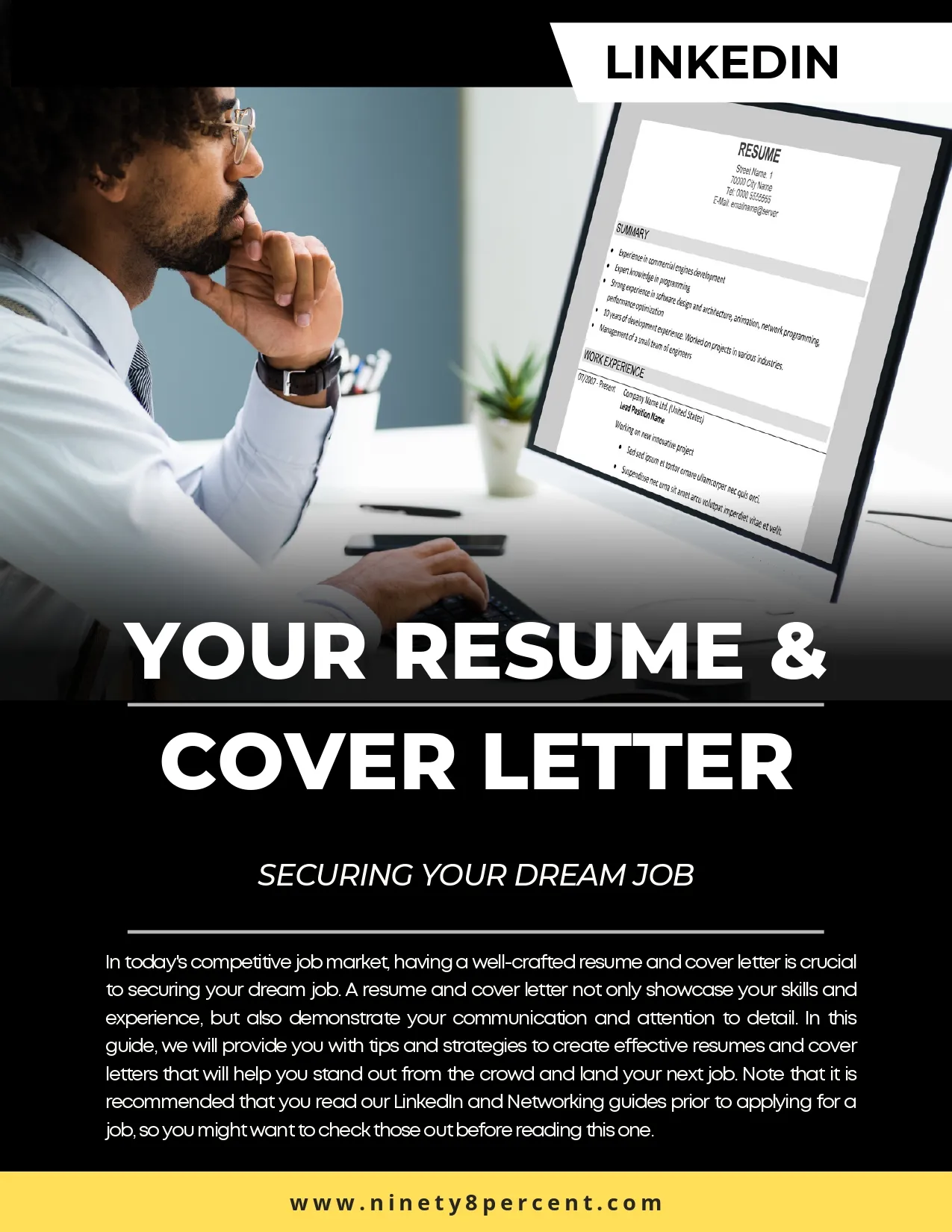
Several tools can assist you in crafting and refining your cover letter. Utilizing these resources helps ensure your cover letter is well-written and free of errors.
Online Templates
Online templates provide a starting point for your cover letter. These templates offer pre-formatted structures that help you organize your content effectively. Many websites and software programs offer a range of cover letter templates to fit different industries and job types. While templates can save time, remember to personalize the content to reflect your skills, experience, and the specific job requirements. Avoid simply copying and pasting; make sure the letter reflects your unique qualifications.
Grammar and Spell Checkers
Grammar and spell checkers are invaluable tools for ensuring your cover letter is free of errors. Software like Grammarly and the built-in spell-checking features in word processors can identify grammatical errors, spelling mistakes, and punctuation issues. However, these tools are not foolproof; they can sometimes miss subtle errors or misinterpret context. Always review the suggestions made by these tools and use your judgment to make corrections. Proofreading your cover letter manually, ideally with fresh eyes, is critical to catch anything that the automated tools might miss.
Cover Letter Examples
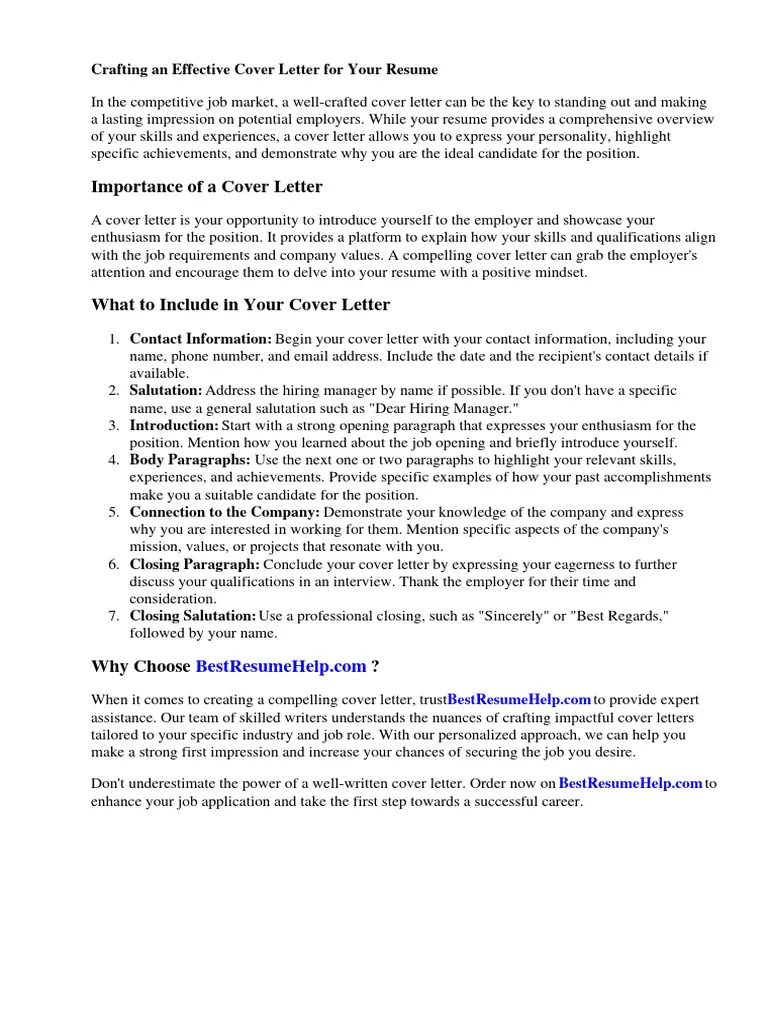
Reviewing cover letter examples can provide insights into effective writing styles and formats. Many websites offer sample cover letters tailored to various industries, job titles, and experience levels. Pay attention to how these examples highlight skills, experiences, and achievements. Note the use of strong action verbs, specific examples, and a clear, concise writing style. Analyze how the examples are customized for different job descriptions and company cultures. Use these examples as inspiration, but always adapt them to reflect your unique qualifications and the specific requirements of the jobs you are applying for. Tailoring your cover letter is crucial for making a strong impression.
